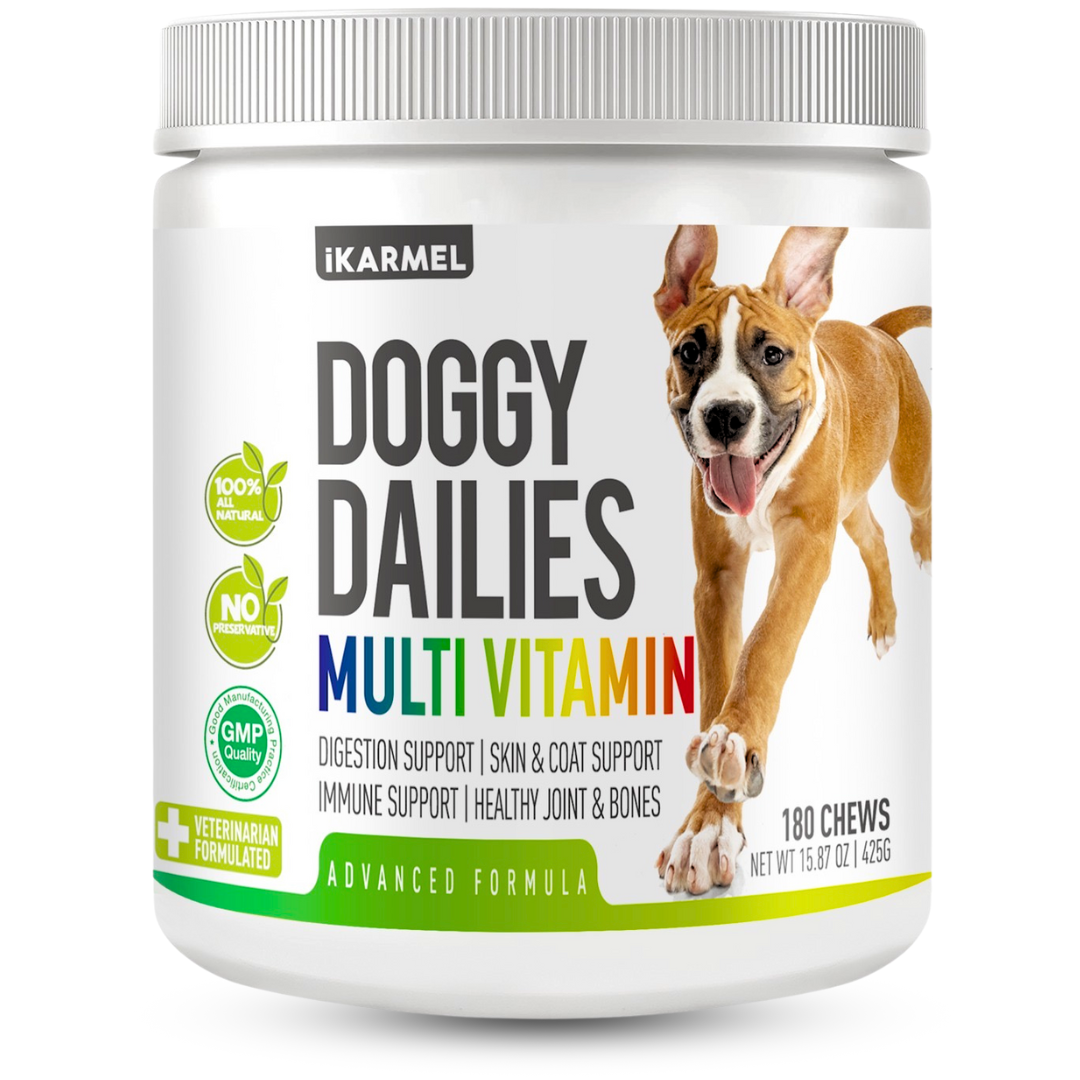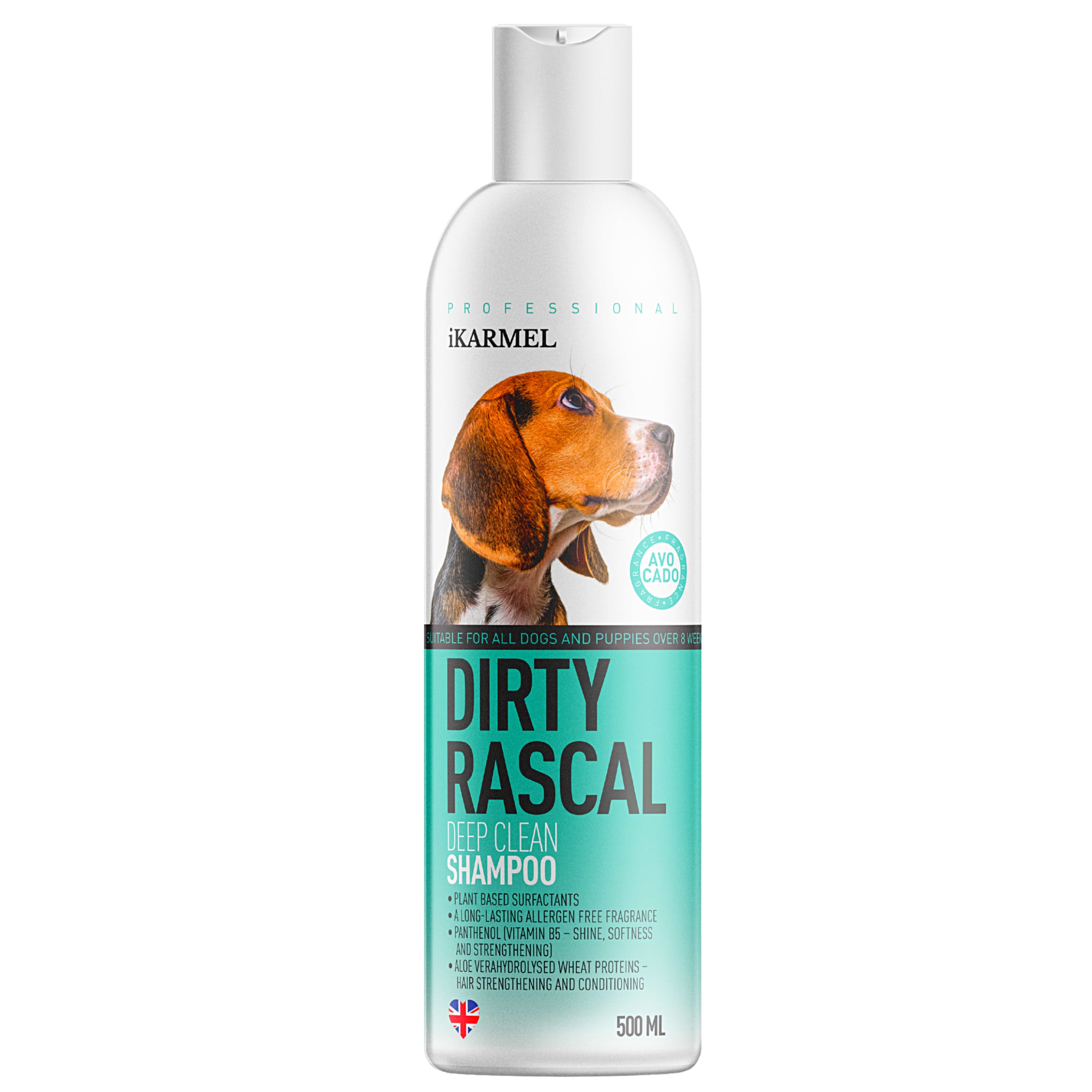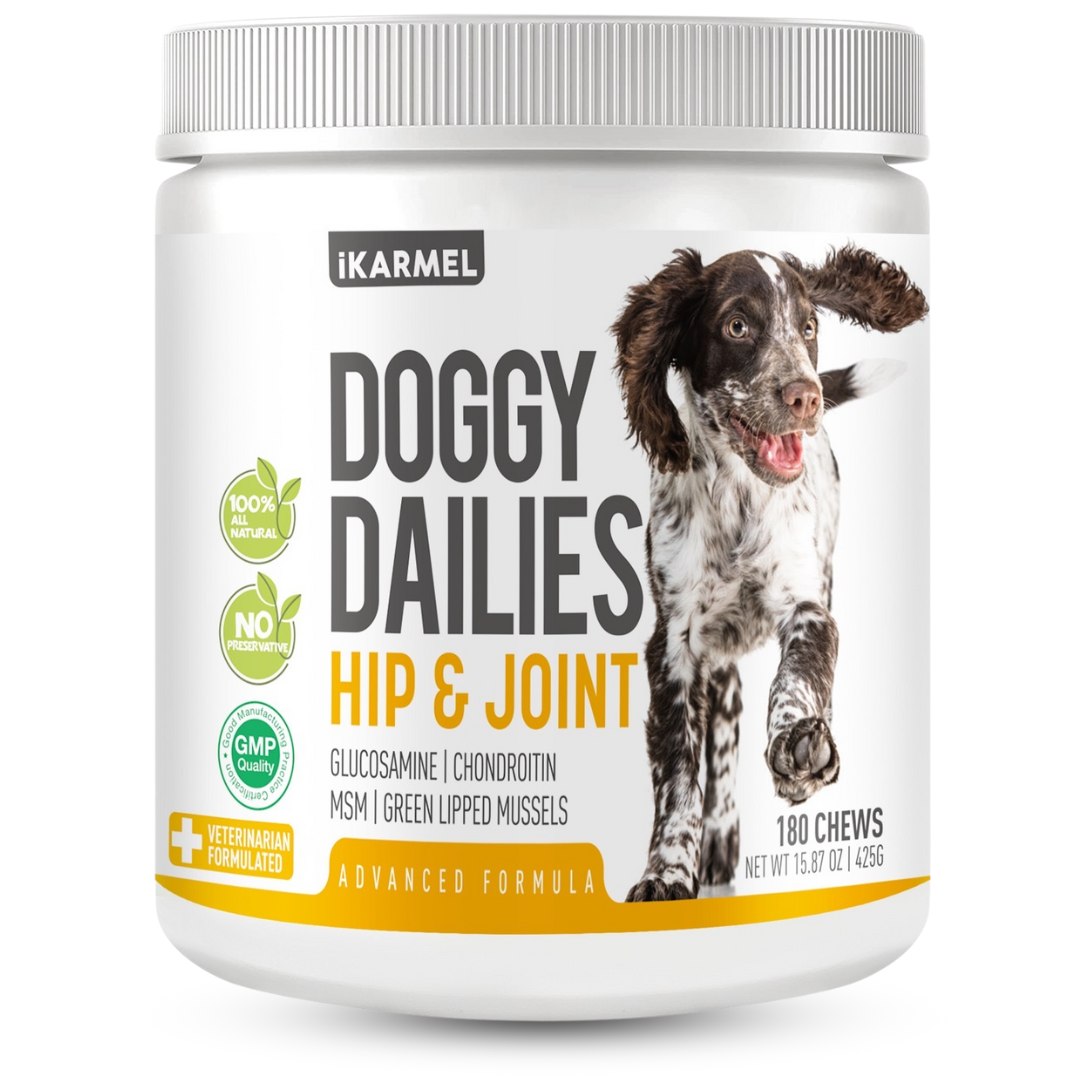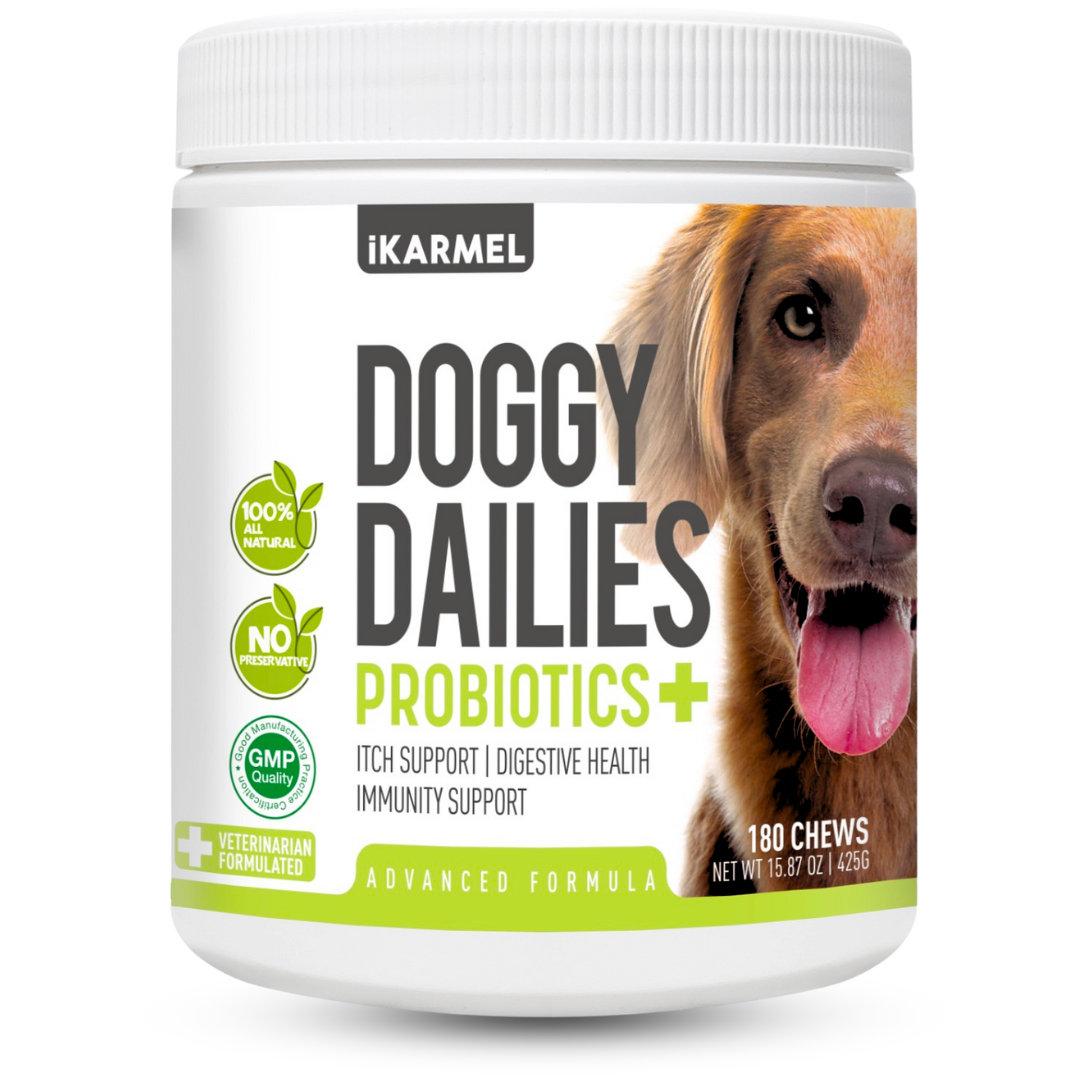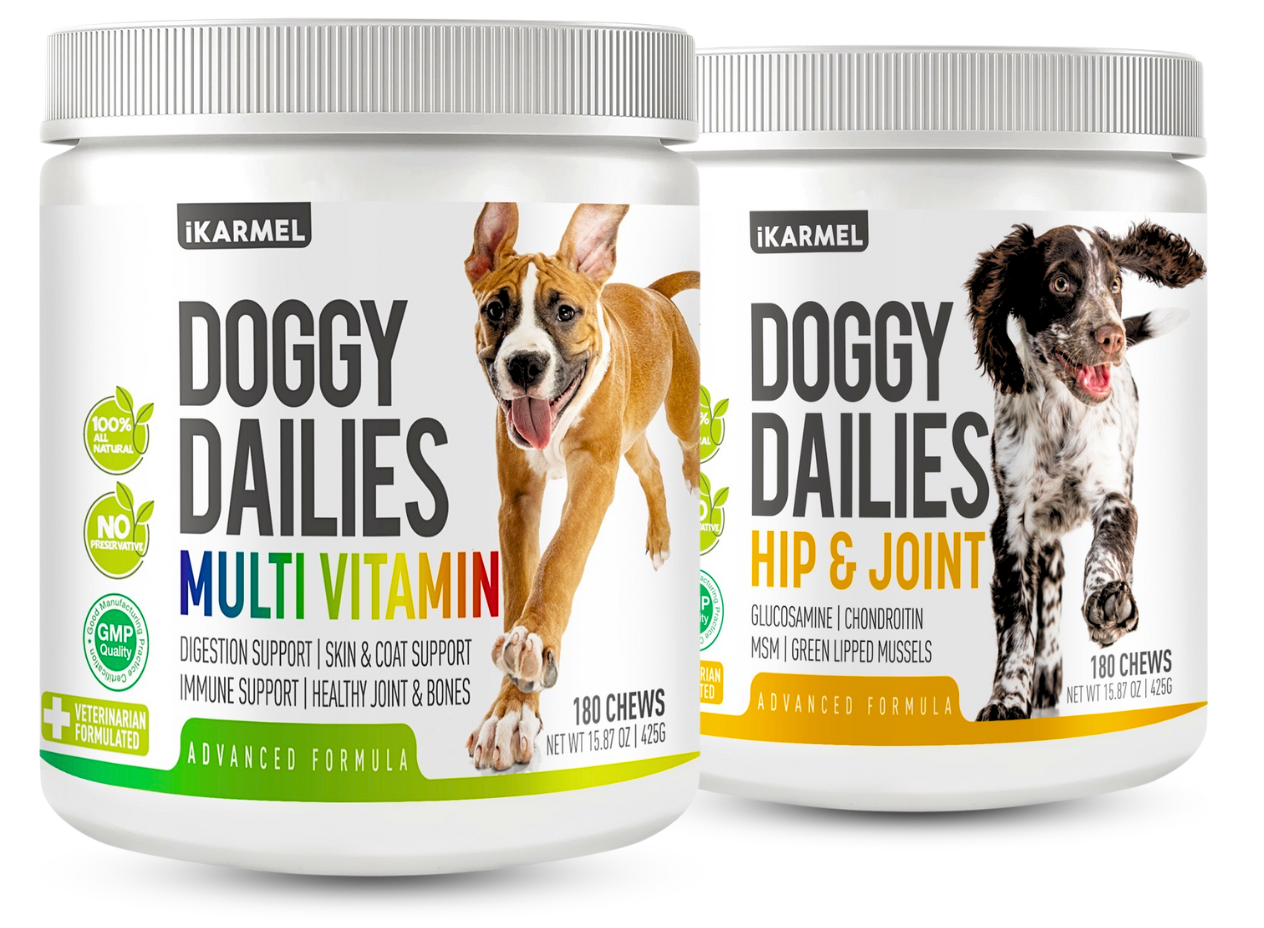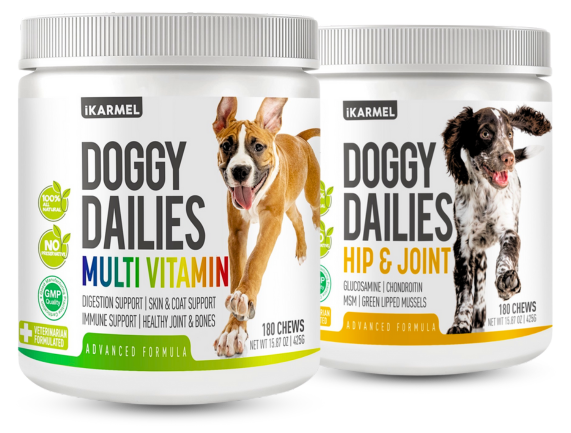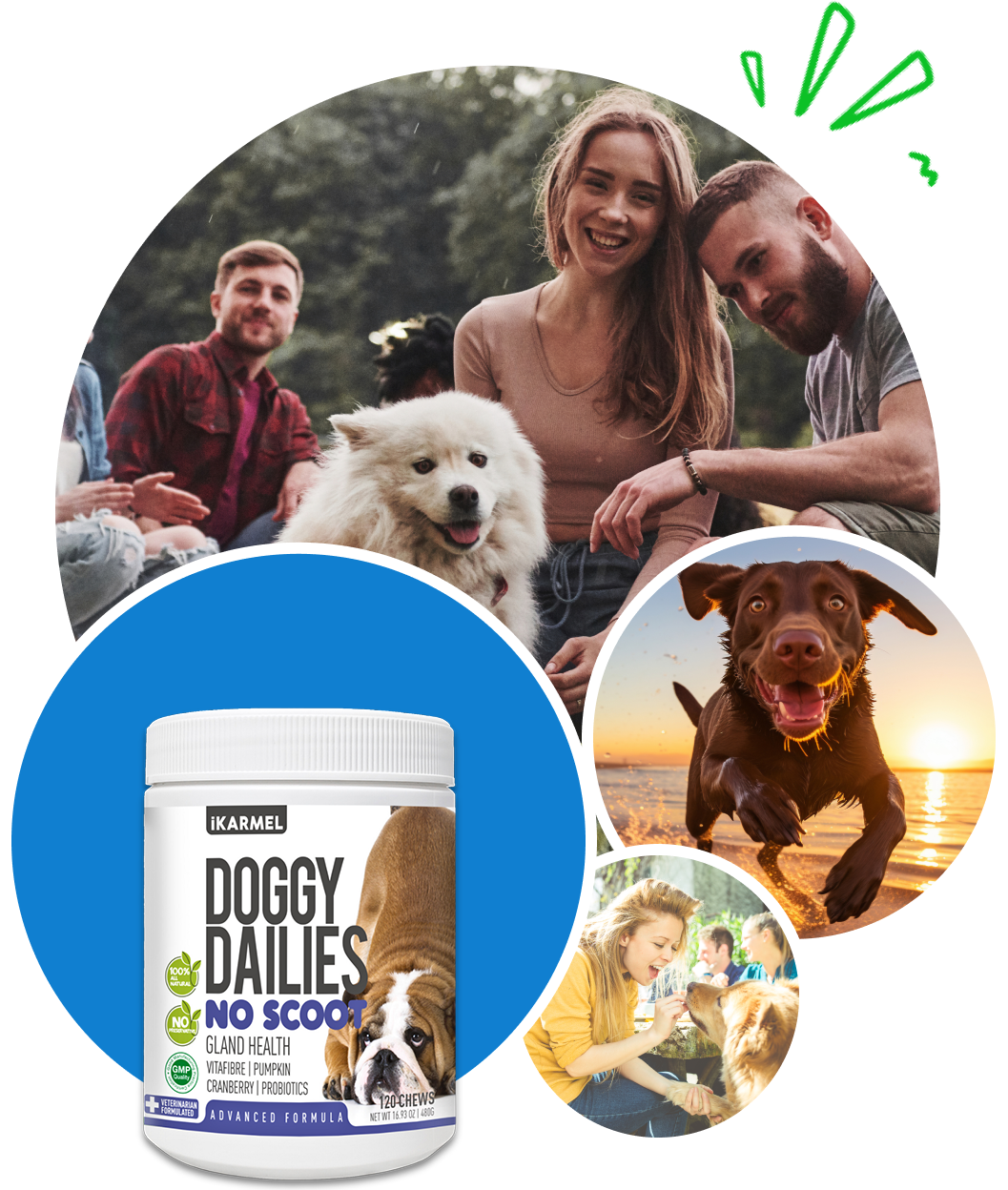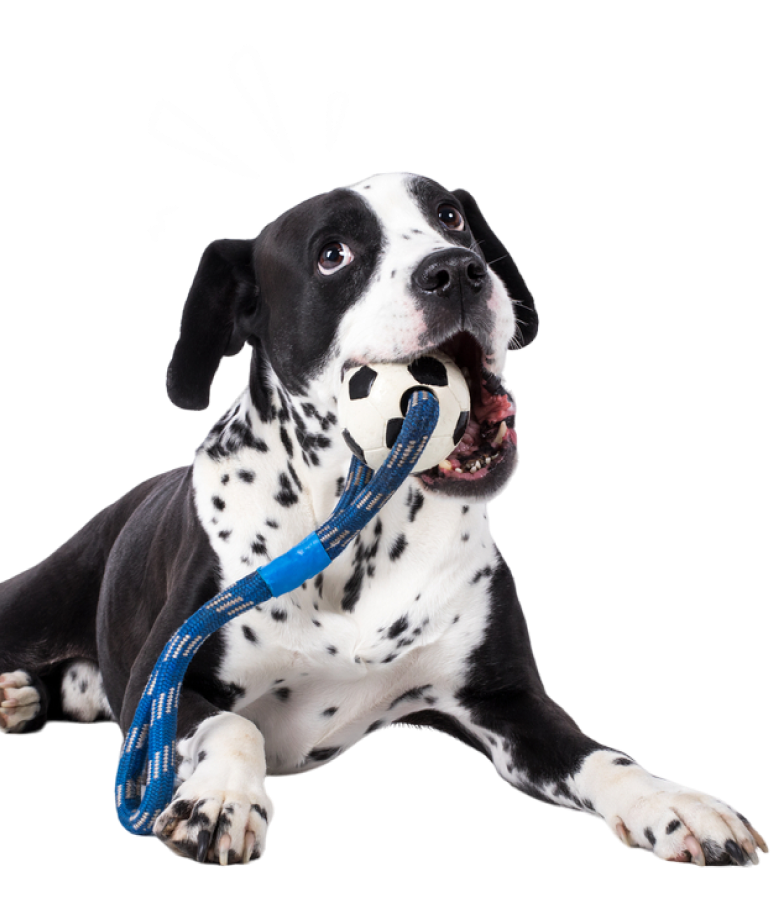How to Strengthen Old Dogs Hind Legs
Is your ageing dog struggling to get up the stairs or keep up on walks? Weak hind legs are a common challenge for senior dogs, but there’s good news. With targeted exercises, a healthy diet, and the right supplements, you can help your furry friend regain their mobility and enjoy a more comfortable life.
This guide will explore the causes of weak hind legs in older dogs, actionable strategies for improving strength, and how supplements can play a key role in supporting joint health.
Why Do Older Dogs Develop Weak Hind Legs?
Weakness in an older dog’s hind legs can be caused by several factors, including:
- Arthritis: One of the most common culprits, arthritis causes stiffness and pain in joints, impacting mobility.
- Canine Degenerative Myelopathy (CDM): A progressive disease affecting the spinal cord, leading to muscle weakness.
- Cushing’s Disease: A hormonal disorder that can contribute to overall muscle deterioration.
- Obesity: Excess weight puts pressure on joints, making movement difficult.
Understanding what’s behind your dog’s struggles is key to finding the right solution.
The Benefits of Strengthening Hind Legs
Helping your dog strengthen their hind legs goes beyond improving mobility. It contributes to their overall well-being by:
- Reducing joint pain and stiffness.
- Enhancing their ability to perform daily activities, like climbing stairs.
- Preventing further muscle loss.
- Increasing their overall energy levels.
How to Strengthen Old Dogs' Hind Legs
Rebuilding strength requires a combination of exercises, diet, and targeted care. Follow these expert-backed steps to see results:
1. Engage in Low-Impact Exercises
Joint-friendly movements are essential for rebuilding strength without causing strain. Some options include:
- Short Walks: Keep walks brief but frequent to prevent overexertion.
- Swimming: A great way to build muscle while being gentle on joints.
- Sit-to-Stand Exercises: Encourage your dog to sit and stand repeatedly to develop hind leg strength.
2. Maintain a Healthy Weight
Excess weight can worsen joint issues. Focus on a balanced diet with lean proteins, healthy fats, and low-calorie snacks. Use the "rib test" to assess if your dog is at a healthy weight.
3. Use Joint Supplements
Adding joint supplements to your older dog’s routine is one of the easiest ways to promote hind leg strength. Look for ingredients like:
- Glucosamine and Chondroitin: Support cartilage repair and strengthen joints.
- MSM (Methylsulfonylmethane): Reduces inflammation and supports collagen production.
- Omega-3 Fatty Acids: Found in salmon oil or green-lipped mussels, this helps reduce joint inflammation.
- Turmeric and Boswellia Serrata: Both are natural anti-inflammatories that alleviate joint pain.
4. Implement Passive Range of Motion (PROM) Exercises
Gently stretch your dog’s hind legs to improve flexibility and joint lubrication. These exercises are easy to perform at home or with guidance from a canine physical therapist.
5. Consider Professional Therapies
Modern therapies can further support your dog’s recovery, including:
- Hydrotherapy for low-impact muscle building.
- Acupuncture to alleviate pain and inflammation.
- Laser Therapy for advanced pain relief and healing.
Which Supplements Are Right for Your Dog?
Joint supplements have become increasingly popular, but not all are created equal. Here’s what to look for:
- High-Quality Ingredients: Ensure the supplement contains clinically researched ingredients like glucosamine or chondroitin.
- Veterinary Recommendations: Speak to your vet before starting a supplement to determine the right dosage.
- Chewable or Palatable Form: Look for options your dog will enjoy, reducing the hassle of giving daily doses.
If you’re unsure where to start, check out trusted options like iKARMEL’s Natural Dog Joint Care Supplement, renowned for its powerful blend of glucosamine, MSM, green-lipped mussels, and more.
FAQ Section
Q1. How long does it take for joint supplements to work?
Most supplements show visible results within six weeks of consistent use.
Q2. Can I start giving supplements to a younger dog?
Yes! Starting early can prevent issues later in life, especially with active breeds or large dogs.
Q3. What are signs my dog might need joint support?
Look out for stiffness, limping, reluctance to climb stairs, or a noticeable decrease in activity levels.
Q4. Are omega-3 supplements safe for dogs?
Yes, omega-3 fatty acids are highly beneficial and reduce inflammation. Always stick to the recommended dosage.
Choose iKarmel Supplements for Your Older Dog
Ageing doesn’t have to mean an end to your dog’s active and happy life. By incorporating low-impact exercises, managing their weight, and integrating high-quality joint supplements, you can help your senior dog rebuild hind leg strength and improve their mobility.
Don’t wait for their condition to worsen. Start supporting your dog’s health today!
Want to give your dog the best chance at a long, comfortable life? Explore iKARMEL’s Dog Joint Supplements to see how natural solutions can make a difference.

